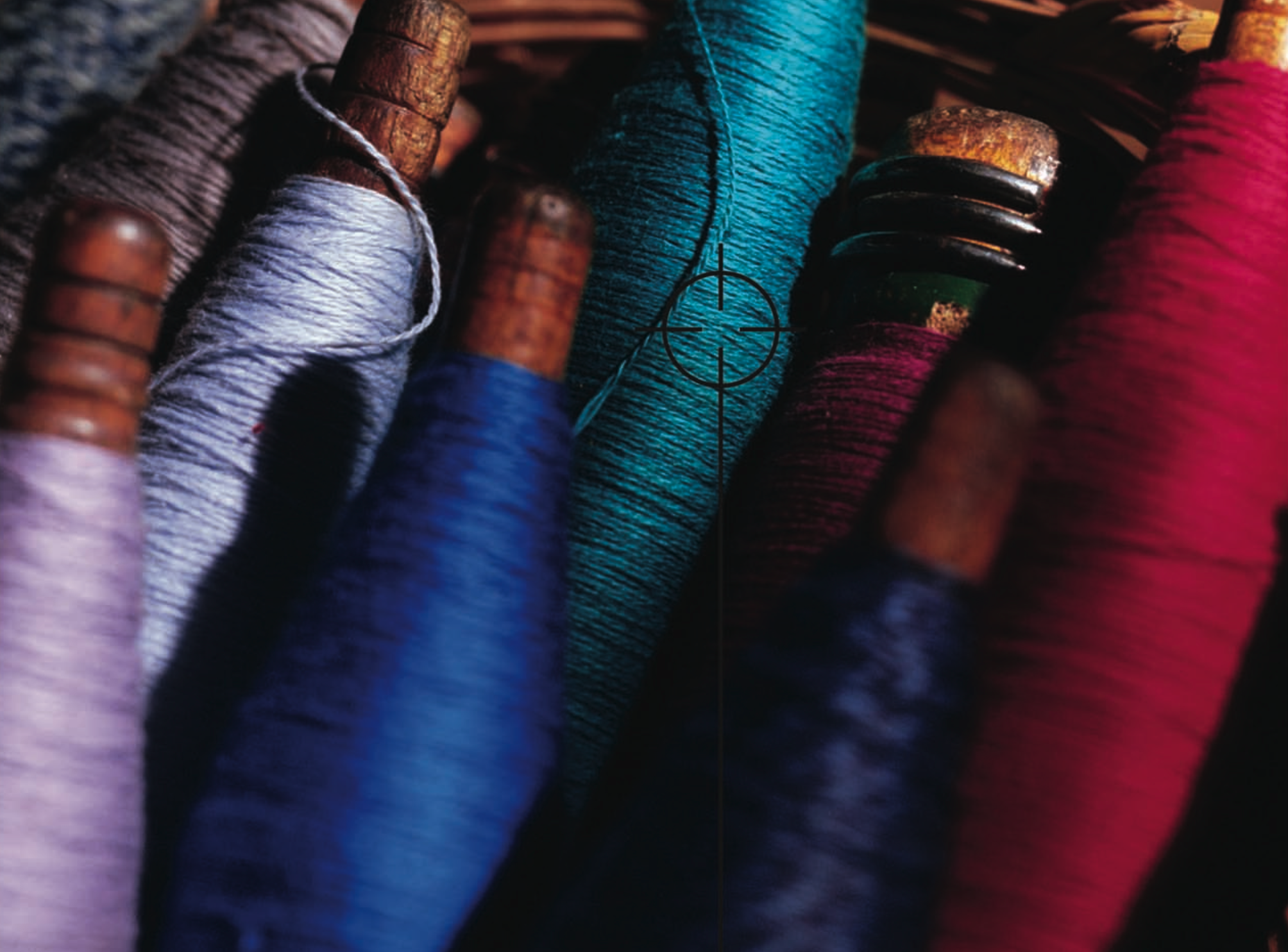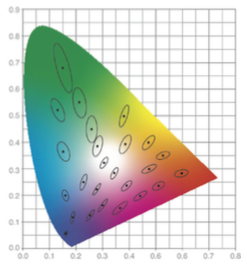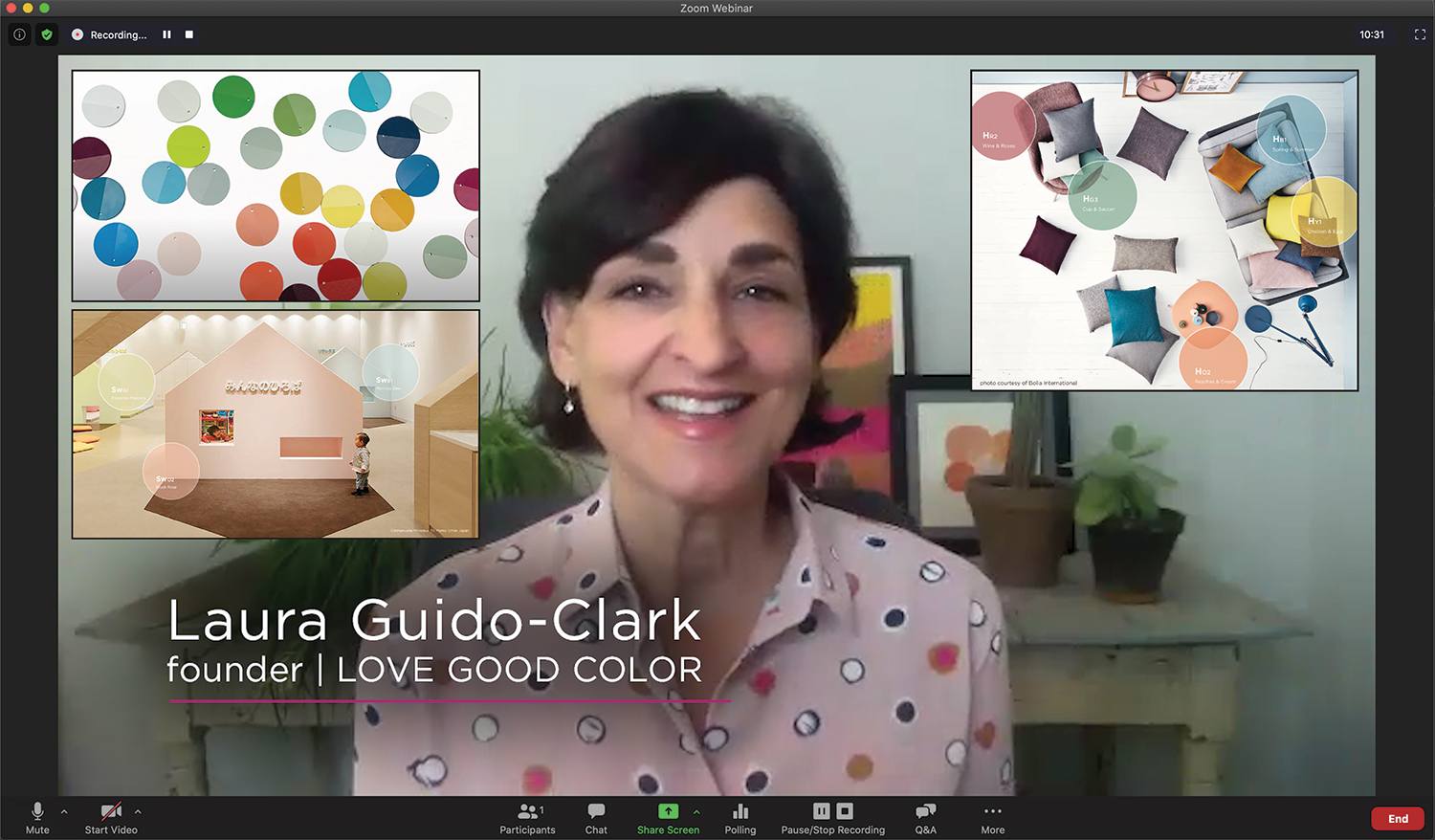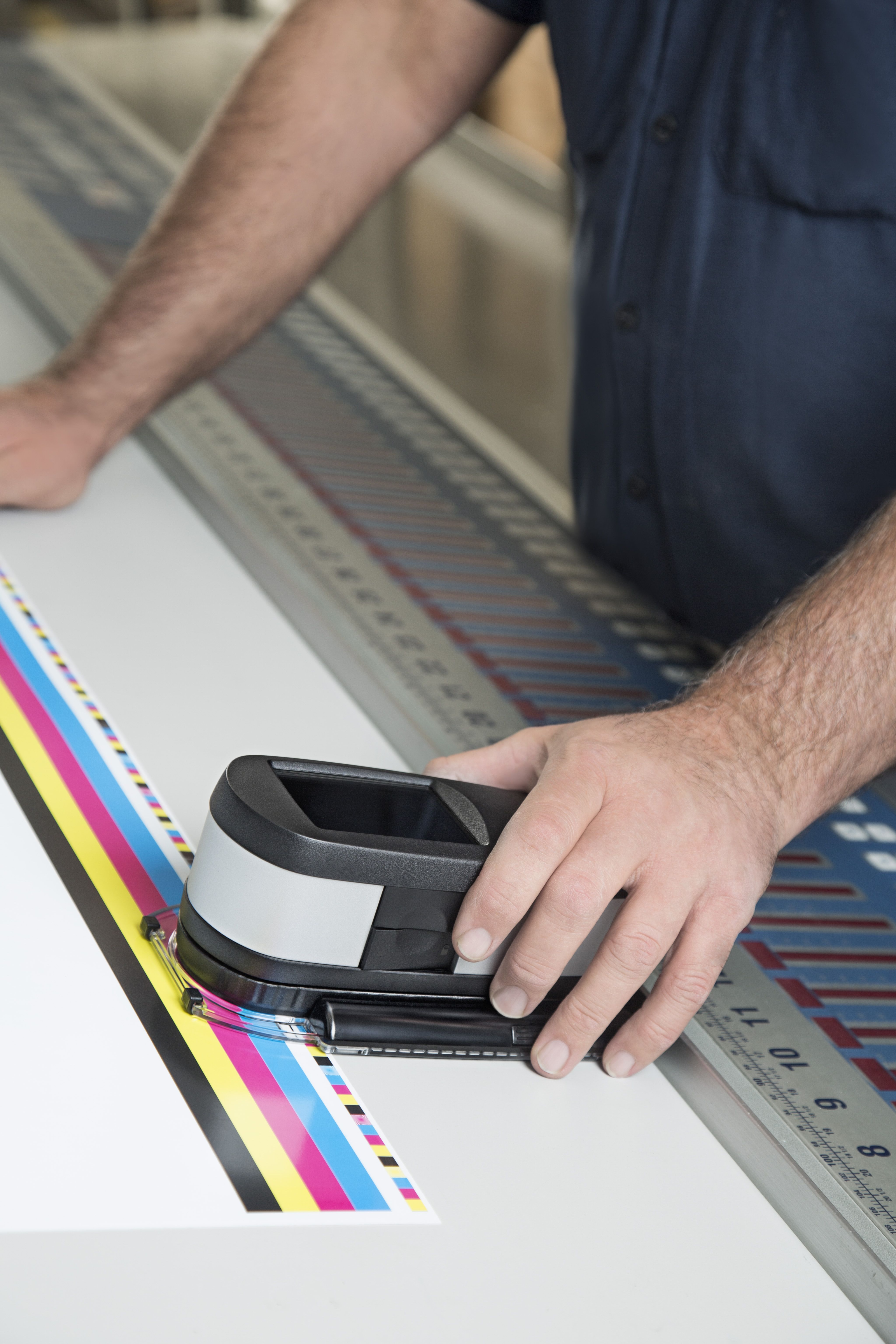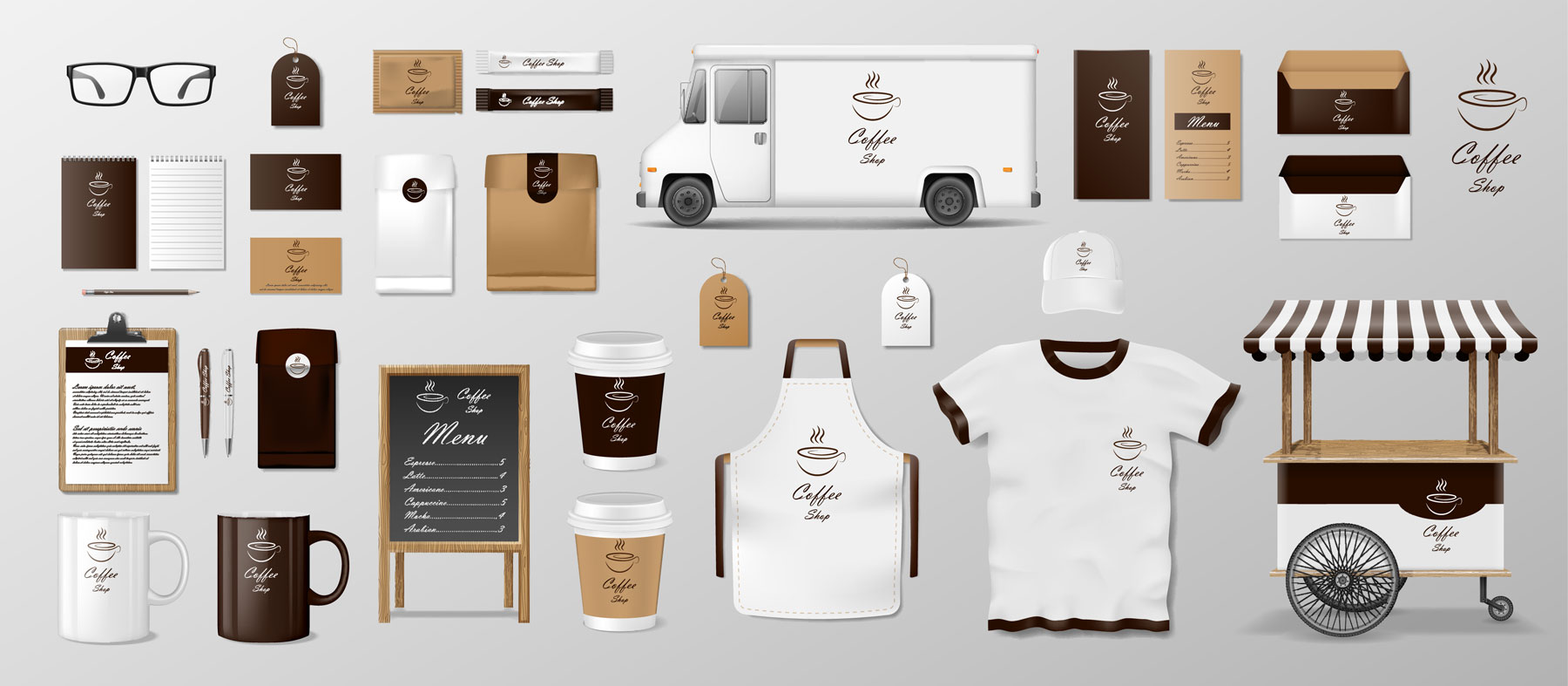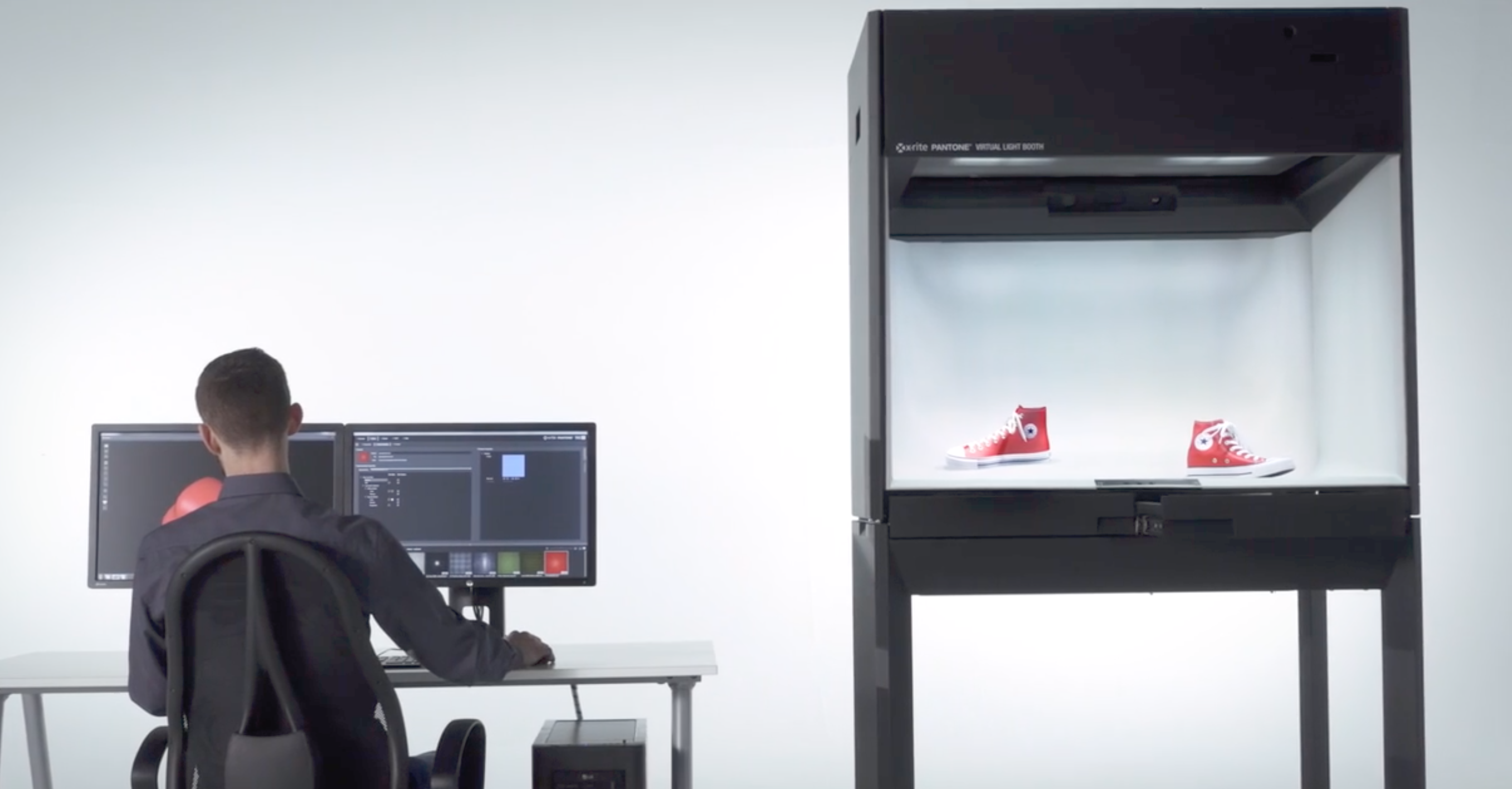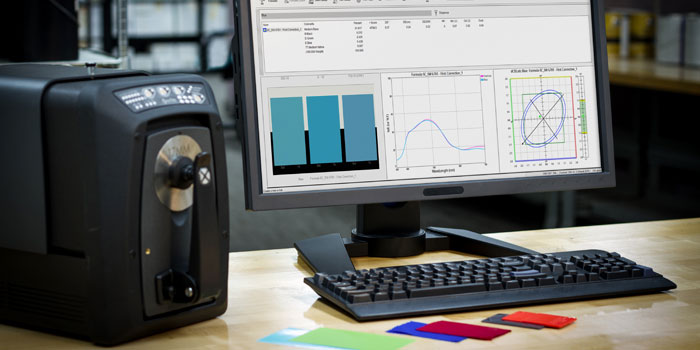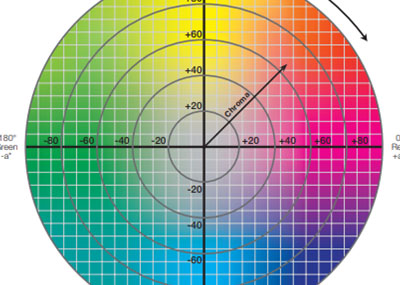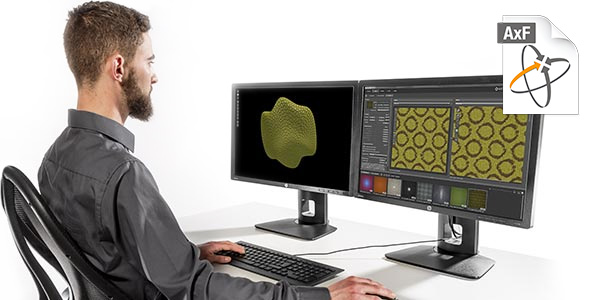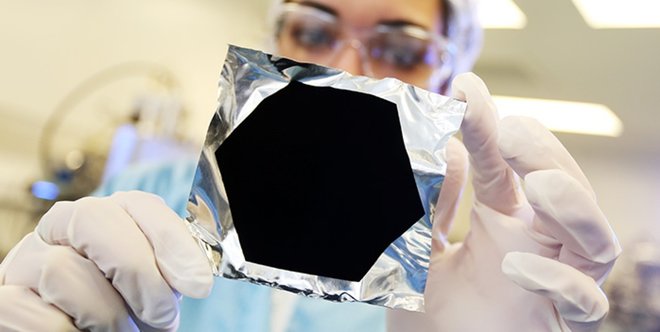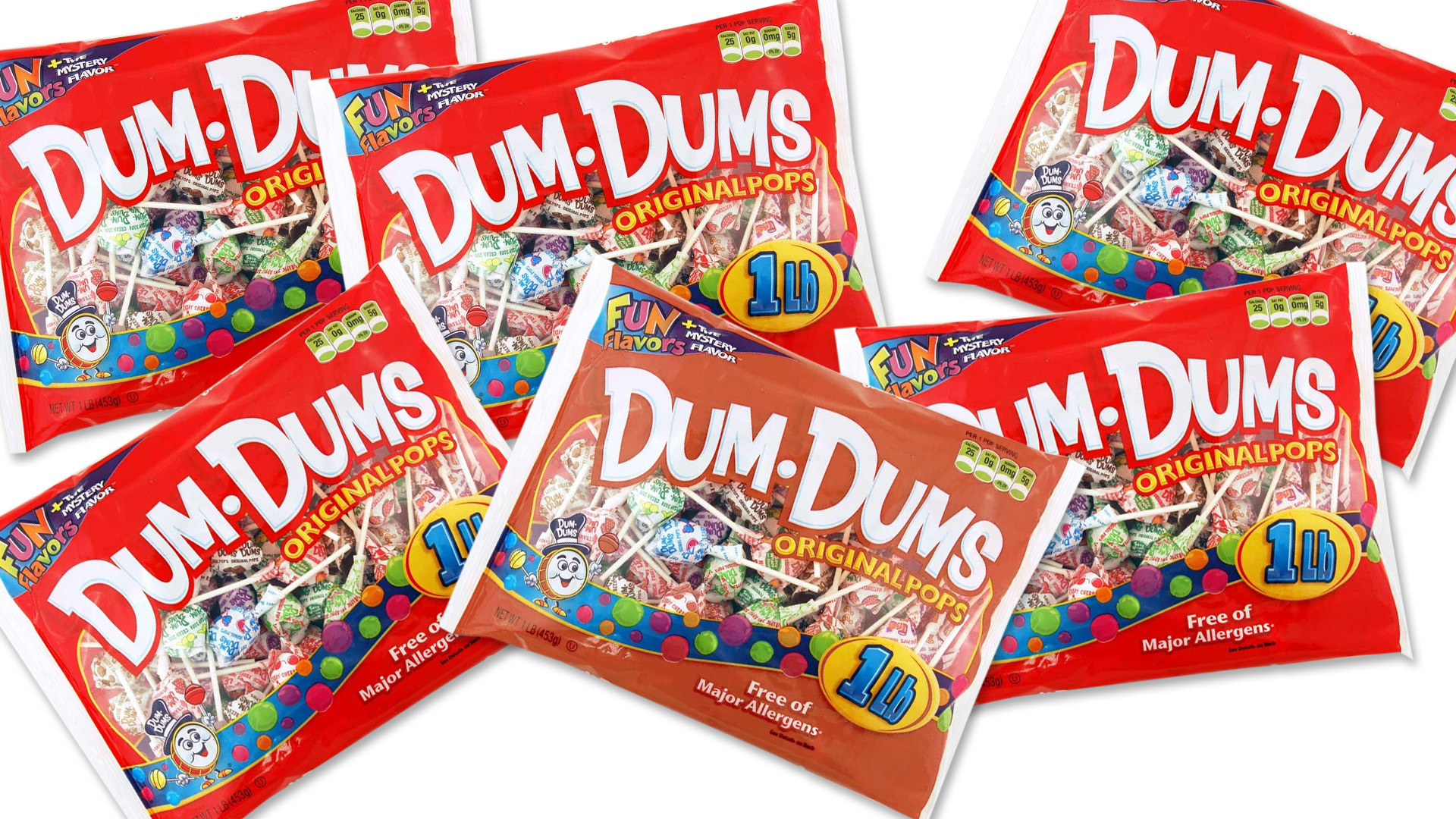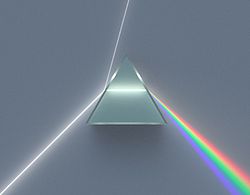The environmental footprint of fashion is out of control. According to the National Resources Defense Council (NRDC), “Textile mills generate one-fifth of the world's industrial water pollution and use 20,000 chemicals, many of them carcinogenic, to make clothes.” Fabric being dyed in factory. Image from NRDC.org. A Problem That Impacts Everyone Did you know it takes about 200 tons of water (enough to fill several swimming pools) to produce one ton of cott...
Color measurement is used to specify, quantify, communicate, formulate, and verify color quality for color critical work. Because everyone perceives color differently, color measurement is more precise than visual evaluation. How to Measure Color Wavelength To measure color, a color measurement device called a spectrophotometer shines light onto a sample and captures the amount of light that is transmitted or reflected in the 380 nm to 780 nm wavelength range, which is the wavelength rang...
COVID-19 has forced many companies to rethink the way they communicate, approve, and produce color. For some, that means trying to conduct “business as usual” from a remote location. For others, it means finding ways to manage color without travel. Either way, we know our customers are doing everything they can to sustain business while keeping their employees healthy and safe. We want to help. Over the past few months we’ve been adding new resources to our virtual resou...
Recently we had the opportunity to sit down with Laura Guido-Clark, a consumer products designer of color, material, and texture. She has been dubbed an “Experience Consultant,” which reflects her interest and study of human reactions to the look and feel of new products. Photo by Laura Flippen. We asked Guido-Clark to speak with us because we also appreciate the importance of color in our lives. Q. What inspired you to pursue a career in color? A. When I wa...
G7® is a proof-to-print process control method that allows you to reliably and efficiently match the visual appearance of the output from multiple printing devices. It works by defining the gray balance and NPDC curves in conjunction with the traditional method of measuring tonal value increase (TVI/dot gain) for each color. G7 can be applied to any type of printing, regardless of the type of ink or printing method, including all types of digital, offset, flexo, gravure printing. It&r...
지난 몇 년 동안 우리는 순환경제와 옴니채널 마케팅에 대해 많이 들어왔습니다. 이들 각각은 나름 하나의 트렌드이며, 빠르게 인쇄 산업에 수렴하고 있습니다. 2020년에 성공적인 상업 인쇄 비즈니스를 영위하기 위해서는 광범위한 인쇄 기능의 제공뿐만 아니라, 지속가능성에 대한 확신을 심어주고, 폐기물 감소에 대한 노력을 보여 주어야 할 것입니다. 순환경제와 옴니채널의 중요성 순환 경제의 목표는 낭비를 없애고 자원의 지속적인 사용을 극대화하는 것입니다. 폐기물과 오염을 최소화하기 위해 자원을 재사용, 공유, 수리, 재제조, 재활용하는 것에 중점을 두는 순환고리라는 개념입니다. 인쇄업계는 잉크, 재료, 생산 효율성, 폐기물 및 재활용을 고려하는 지속 가능한 녹색 인쇄 공정을 만드는 것이 당면 과제입니다. 옴니채널 마케팅1)이란 고객을 둘러싼 모든 접점에 걸쳐, 회사 메시지를 하나로 통합하고 고객 경험을 증대 키시는 것을 목표로 하는 마케팅 컨셉입니다. 이는 고객...
Virtual reality has re-imagined the art of apparel and footwear design. 3D design programs like MODO, KeyShot, CLO, Browzwear, Optitex, and Lectra augment the creativity of color and material designers to virtually construct patterns and render realistic 3D garments. This is exciting technology for brands that want to reduce waste for a greener footprint and accelerate design to keep up with fast fashion. However, designers are notoriously tactile. They need to touch, feel, and gain a...
With so many requests for innovative bases, transparency, and special effects, formulating color for paint, coating, and plastic applications can be a challenge. To keep up, formulation software needs to be innovative, too. We recently launched version 10 of our Color iMatch formulation software, and it is our smartest version yet. It allows you to select cost-reducing parameters, such as lowest cost or fewest colorants, and will determine the best formula for your application. It work...
위도, 경도, 고도 등의 지리적 좌표와 같이 컬러 또한 L*a*b* 값을 사용하여, 정확한 색상 값을 지정하고 그것을 기반으로 커뮤니케이션을 할 수 있습니다. What’s the history of L*a*b*? 1940년대에, Richard Hunter박사는 3차원 공간 모델인 Lab을 개발하였습니다. 이 LAB 모델은 인식된 색상 차이를 동일한 공간영역으로 나타내기 위해 구성되었습니다. 31년후, CIE는 Hunter’s Lab의 업데이트 버전인 CIELab을 발표했습니다. CIELab을 올바르게 읽는 방법은 “see-lab” 또는 “L-star, a-star, b-star,” 이지만, 일부의 색상측정 장비나 어플리케이션은 간략화 하여 L,A,B 또는 Lab이라고 표기하기도 합니다. What does L*a*b* stand for? 어떠한 식으로 CIElab을 부르던, 더 중요한 것은 L*a...
Recently we blogged about how appearance affects color. In this article we look at some of the characteristics that impact an object’s appearance, such as texture, gloss, transparency, and special effects, and explain why it’s crucial to describe appearance in the early stages of the design workflow. While 3D programs have attempted to address appearance aspects for years, there has been a missing link in virtual product design: the ability to integrate characteristically &ldqu...
You think you’re doing everything right, but your color isn’t consistent. Why? Through the years, designers have used many tools to help them specify color. Color swatches, style guides and product prototypes have been effective, but with the advent of the digital world, these physical tools are no longer enough. To be efficient, designers need to be SPECIFIC. X-Rite Pantone President Ron Voigt recently published an article in MediaPost that explains why. To be effective, designers n...
The World Series starts next week. While players and fans are gearing up for the big event, stadium groundskeepers are preparing, too. You’ve surely seen those meticulous patterns in the grass – crisscross, spiral, plaid – but do you know how the groundskeepers create them? Thanks to a phenomenon called geometric metamerism (aka gonio-appearance), the grass really is greener on the other side. Read on to learn more about this optical illusion that can trick your eyes and wreak havoc on y...
Color is our perception of reflected light across the visible spectrum. When light hits an object, it absorbs some rays and reflect others. The color of light that reflects back into our eyes is the color we perceive. The more light an object absorbs, the darker it appears. With black, very little light is reflected. Pure black in the presence of light wasn’t achieved until 2014 when Surrey NanoSystems announced the invention of Vantablack. This high-tech artificial substance absorbs 99....
Have you ever sent out a job that passed your inspection, only to have the customer reject it for out-of-tolerance color? You recheck the data and the instrument says the color passed the agreed tolerance… why is the customer saying it doesn’t? We get a LOT of these conflicting measurement calls in technical support. The solution is simple – document a color control program that clearly defines how to assess color, then make sure everyone (including your customer) follow...
Did you read our blog: Are You Using The Right Tolerancing Method? If not, check it out. Today we’re taking the topic one step further to investigate how tolerances are chosen in different industries. A pass-fail tolerance is the amount of color variation that is considered commercially acceptable. In part, tolerances are driven by customer expectations. While color tolerances are very tight in the automotive, plastics, and paint & coatings worlds, they can be much less strict in other...
Consistent color is a journey. A few weeks ago I blogged about the most common pitfalls people run into when starting a color program… Wrong lighting Less-than-perfect color vision Inaccurate physical standards Inconsistent device color measurement …And introduced some inexpensive color tools to help overcome them. But the journey doesn’t stop there. Even if you’ve been successfully managing color for years, advances in inks, dyes, and substrates are introducing new challen...
If accurate color is a must in your world, then you know the importance of color measurement instrumentation. Spectrophotometers are used in many industries to identify, formulate, measure and communicate color. They can compare samples and standards to identify even the smallest differences. From concept through formulation and production, spectrophotometers are an invaluable part of any color-managed workflow. But have you ever stopped to think how these devices were developed? Today we’ll tak...


